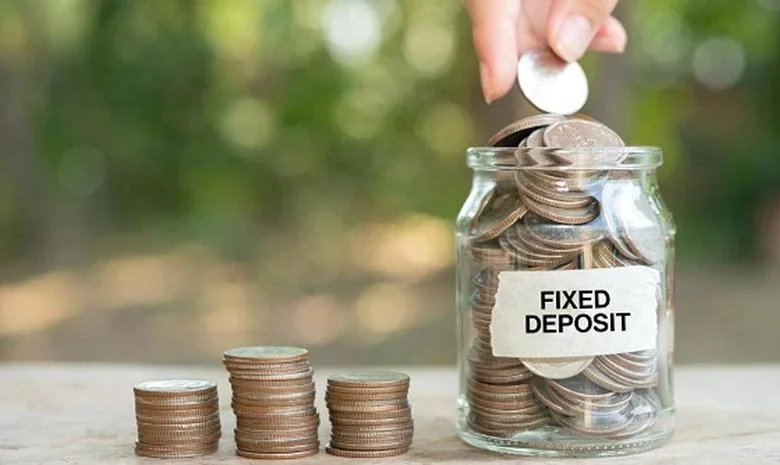How Fixed Deposit Rates Have Shifted Across Indian Banks

Fixed deposits are among the most trusted savings options in India. They are simple, safe, and provide fixed returns over a selected period. However, one of the key things to track when investing in FDs is the interest rate. Over the past few years, fixed deposit rates have undergone several changes in response to shifts in economic conditions. Understanding how fixed deposit trends in India have evolved can help you make more informed decisions about where and when to invest.
Why Fixed Deposit Rates Keep Changing
The movement of fixed deposit rates largely depends on the policies set by the Reserve Bank of India (RBI). Whenever the RBI changes the repo rate—the rate at which it lends money to commercial banks—banks adjust their interest rates accordingly. If the repo rate goes up, banks increase FD interest rates to attract more deposits. If interest rates fall, banks often reduce FD rates, as their borrowing costs also decrease.
Besides the RBI’s decisions, other factors such as inflation, market liquidity, and credit demand also influence the direction of fixed deposit interest rates in India.
How FD Rates Shifted in the Last Few Years
Following the COVID-19 pandemic, fixed deposit rates in India experienced a sharp decline. Most banks and financial institutions offered low rates to adjust to the slower economy. For a period, average rates hovered between 4% and 5.5%, making returns from FDs less attractive than usual.
But from mid-2022 onwards, the trend began to reverse. The RBI started increasing the repo rate to tackle inflation. In response, banks also raised their fixed deposit rates, especially for short- and medium-term tenures. By 2023 and 2024, FD returns began to improve, with many financial institutions offering rates of 6.5% to 7.5% for standard deposits, and even higher rates under special schemes.
Trends Across Different Types of Banks
Even though bank names vary, certain patterns have been clear:
- Public sector banks typically adjust their rates slowly and usually align closely with RBI policy decisions. Their rates are often stable and reliable.
- Private sector banks tend to be more competitive and responsive. They change rates more frequently to attract depositors, especially during times of rising interest rates.
- Small finance banks are often seen offering higher-than-average fixed deposit rates to build their customer base. These institutions aim to attract more funds by offering appealing interest rates.
- Cooperative and regional banks also participate in this trend, often advertising slightly higher rates to draw more deposits locally.
While all banks offer the safety of fixed income, the difference in approach leads to noticeable variations in fixed deposit returns in India.
What the Changes Mean for You
If you are planning to open an FD, rising fixed deposit rates work in your favour. You earn better returns without taking on any extra risk. For those who already have FDs opened at lower rates, it may be worth waiting until maturity and reinvesting at a better rate.
Keeping an eye on interest rate announcements and using FD calculators can help you pick the right tenure and rate. Many depositors also choose to split their money across multiple tenures to take advantage of both current and future rate changes.
Choosing the Right Tenure
FDs are available for a wide range of tenures—from 7 days to 10 years. Generally, medium-term options, such as those with terms of 1 to 3 years, tend to offer the most competitive rates during a period of rising interest rates. Long-term options may lock you into a lower rate if the trend reverses later.
By checking fixed deposit India trends regularly, you can decide whether to go for short-term flexibility or long-term stability. Online FD calculators and interest rate comparison tools can support this decision-making process.
Tips to Get the Most from Your Fixed Deposit
- Compare fixed deposit rates from multiple sources before investing.
- Choose the tenure that offers the highest return for your investment goal.
- Use online calculators to check maturity value before committing funds.
- Reinvest at better rates after your existing FD matures.
- Ensure the financial institution is covered under deposit insurance for added security.
Conclusion
The movement in fixed deposit rates across Indian banks reflects the evolving financial landscape. Over the past couple of years, the returns on fixed deposit India schemes have improved, offering you a safe yet rewarding savings option. Whether you’re looking for monthly income or long-term security, FDs continue to serve as a reliable tool. By staying updated on rate changes and utilising available digital tools to compare options, you can make more informed and timely decisions with your money.



